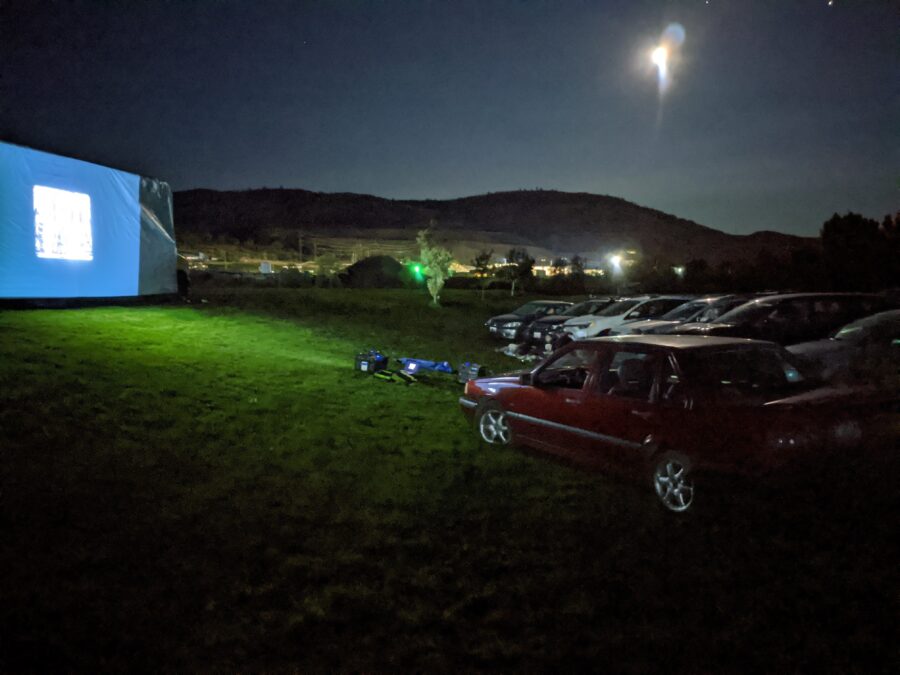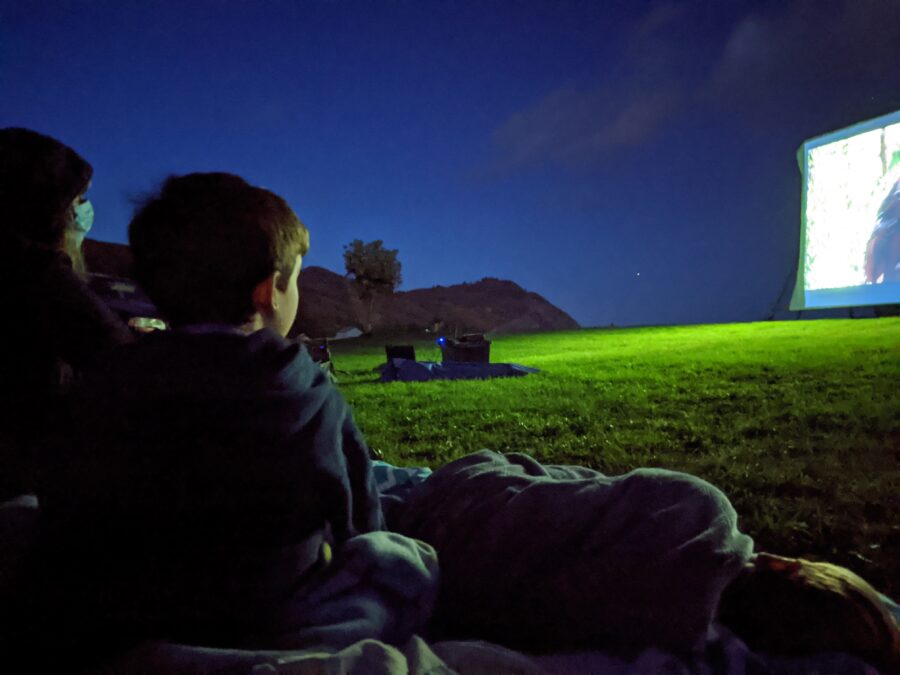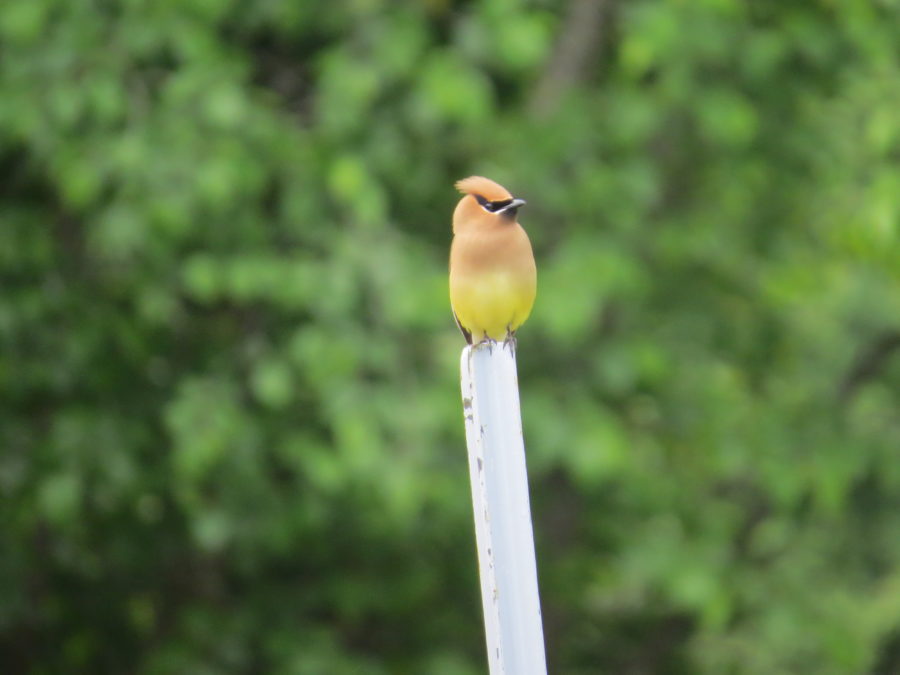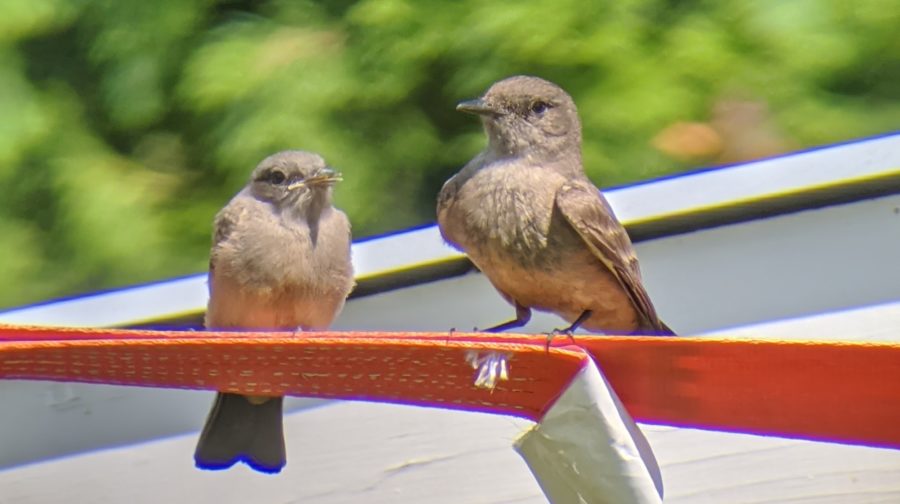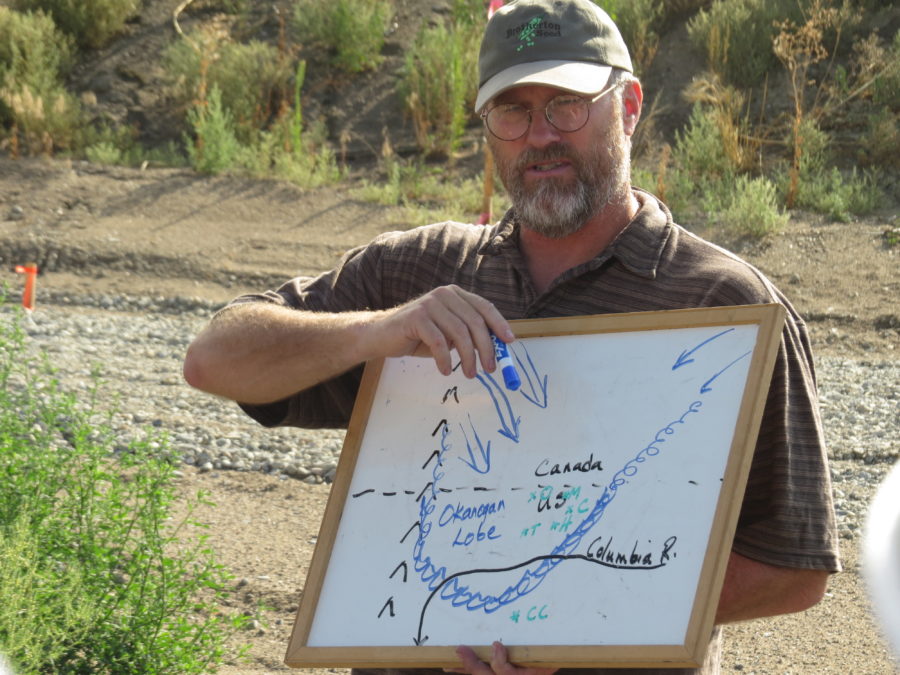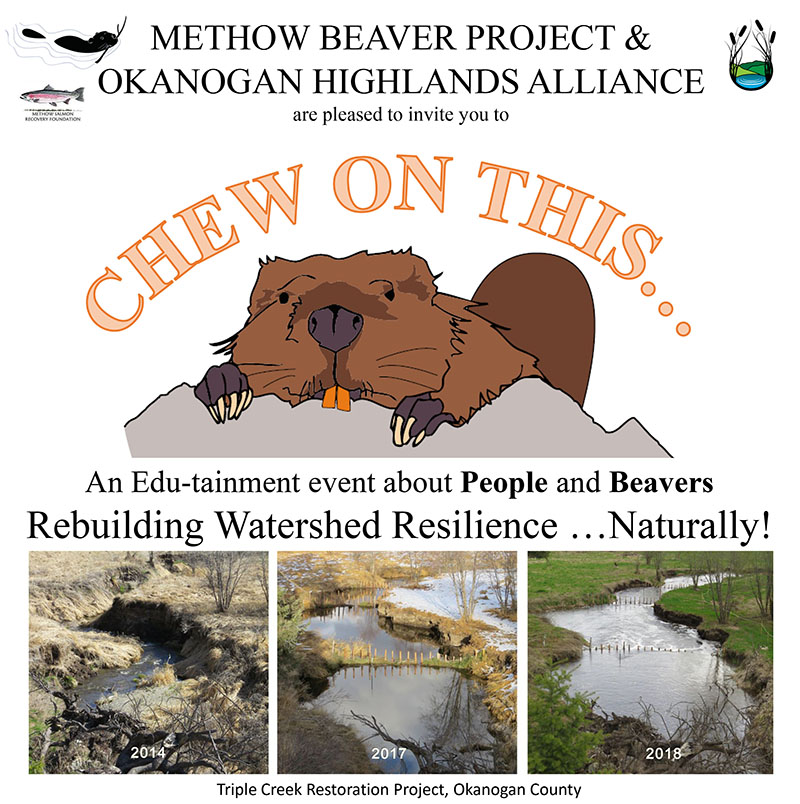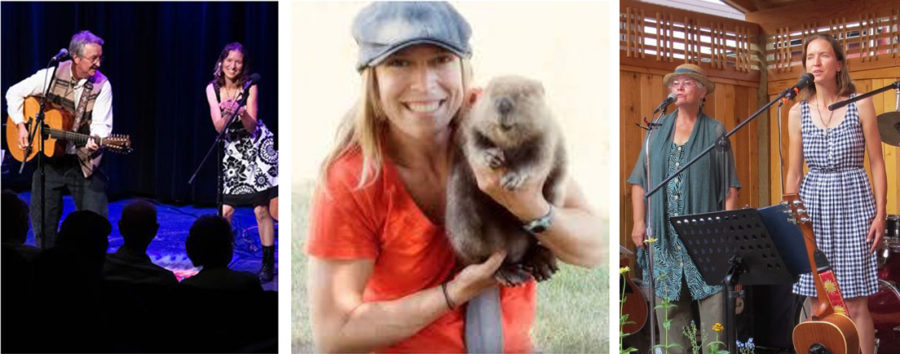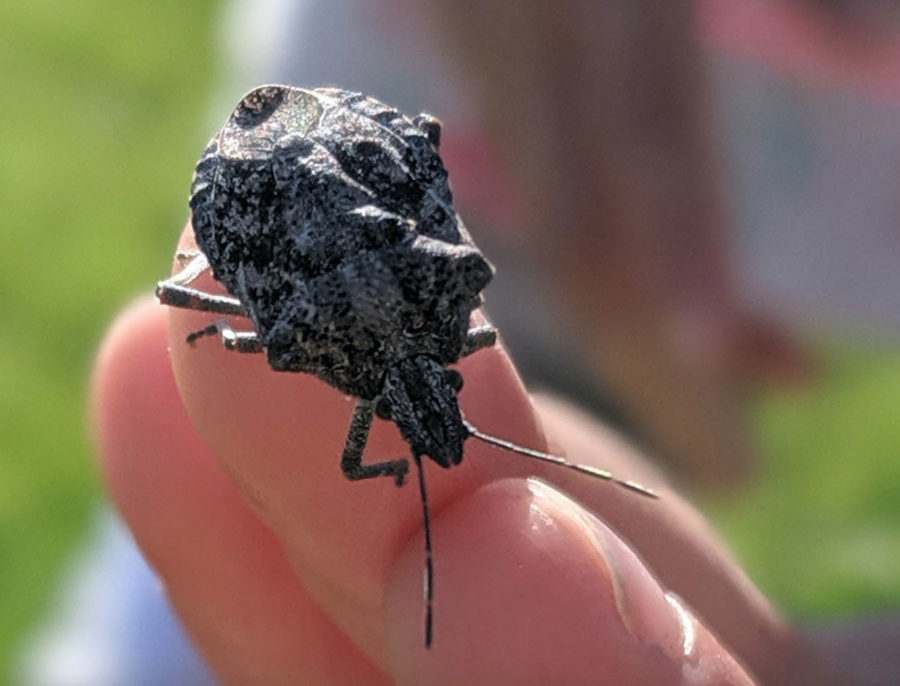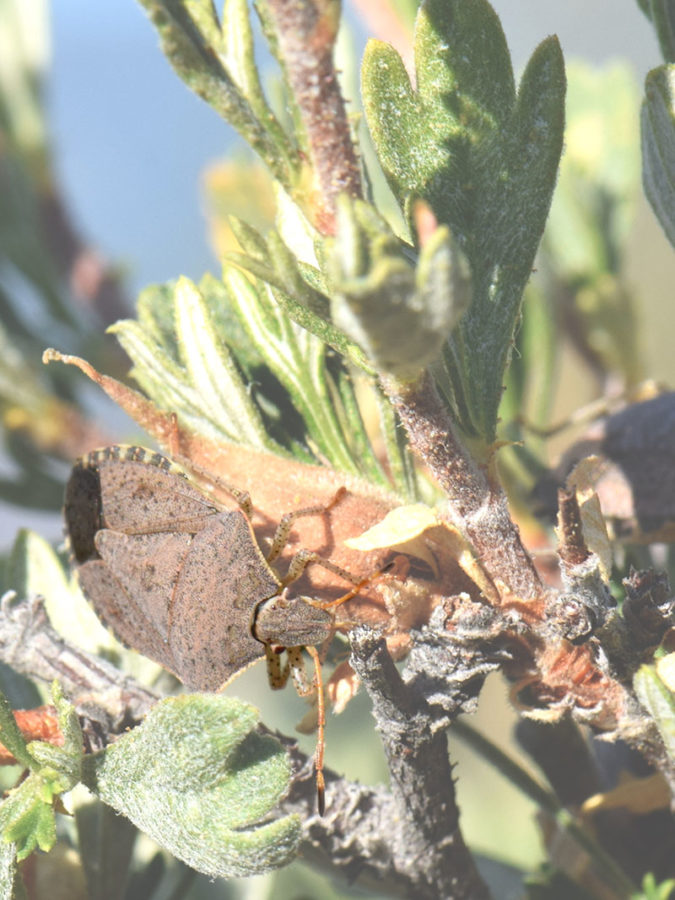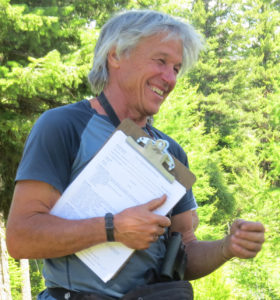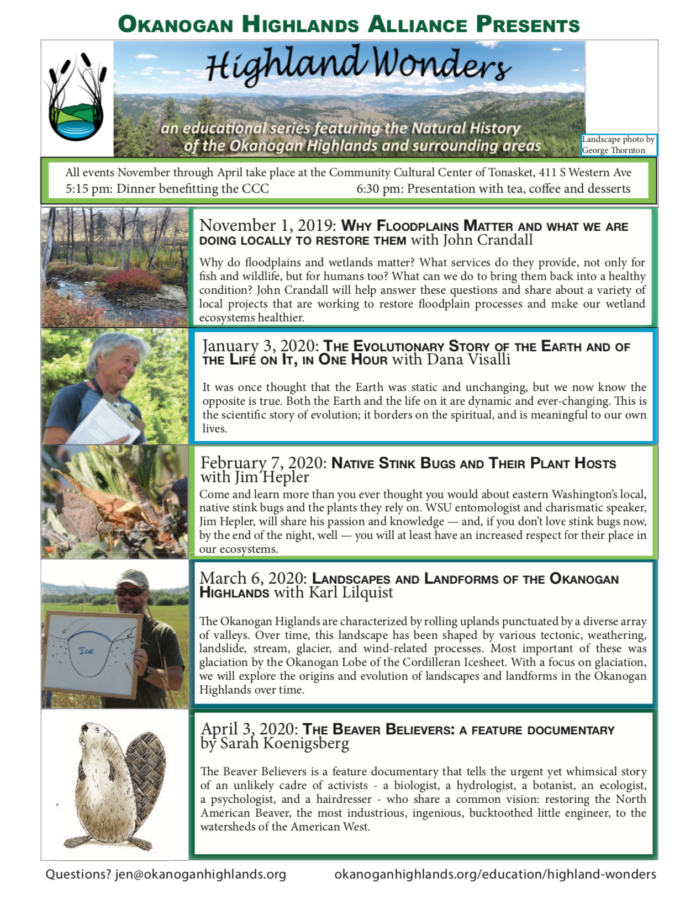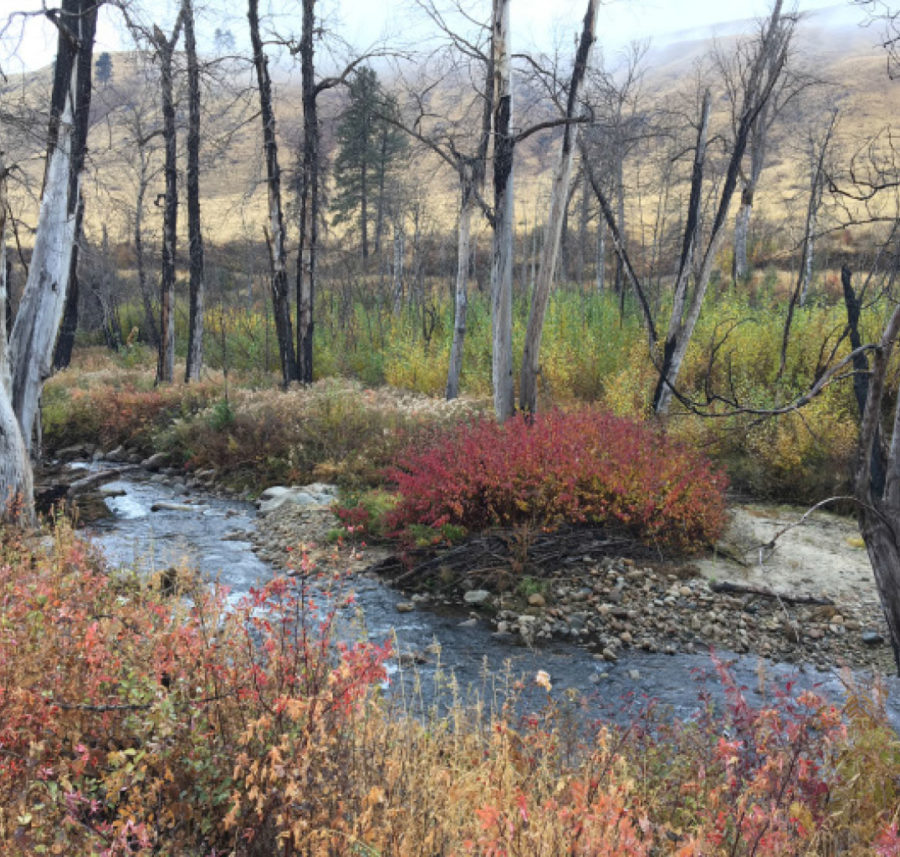Podcast! Phantom of the north: great gray owls, Highland Wonders S1:E1
Meet Jack, Nature Detective: Jack is inquisitive, skeptical, creative, quirky, determined, and a friend to ALL critters. His observations of subtle clues and brilliant reasoning make him, quite possibly, one of the world’s most talented nature detectives. Like most of us, Jack’s understanding of the world comes from his own life experiences. He is five years old, and his investigative skills are top notch. If you were to stop by his house you might find our Nature Detective in the midst of an experiential study of squirrel movement, or determining the optimal shelter and food stores for his new pet grasshopper, named Grasshopper. Today, we will share a mystery that Jack uncovered in the Okanogan Highlands. What clues can you uncover in the story?
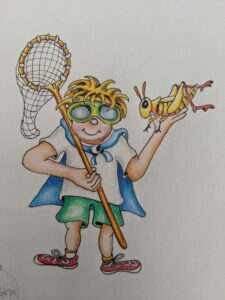
One day in October, Jack, the Nature Detective, is out on a hike in the Okanogan Highlands with his family. The needles of the Western Larch are lighting up the flank of Bonaparte Mountain with yellow, bright against the dark green of the other conifers. The afternoon is warm and Jack’s whole family is enjoying the way the sunbeams filter down through the forest canopy.
Suddenly, Jack detects something. His eyes open wide and he whispers, “Who’s out there? Mom? Is someone watching us?” Everyone stops and looks around, no one is there, just the quiet forest. But the whole family kind of feels like there is something there, so they come to a full stop and really look around. There is a fallen tree, leaning steeply against its neighbor. The trees are tall in this place – and big around. Some have broken off way up in the air. But no one sees any sign of eyes watching them.
Jack’s mom says, “Don’t worry, Jack. Sometimes when you are outside, it really feels like something is watching you. Maybe animals are watching. The creatures that live in these woods are specially adapted to be camouflaged in this habitat. The shapes of their bodies and their colors blend right into the shapes and colors of the forest. They stay very still, so our eyes just slide right past them without even seeing them. Their camouflage keeps them safe.” Just a little way farther on, Jack stops again, staring at a splotch of white on the ground, and, looking closer, he notices small gray lumps that look a bit furry, and a little bit…bony. What is this? Does it have something to do with that creepy feeling of being watched?
This is a nature mystery and, fortunately, the Nature Detective is on the job. He pulls out his sample jars, some forceps, and a hand lens, and collects the gray lumps for analysis at home.
Back at home, Jack dons his lab coat, goggles, and protective gloves and examines the gray lumps. He uses the forceps to pull out a pile of tiny bones. He painstakingly counts the bones and declares that this is undoubtedly the droppings of a hungry rodent eater.
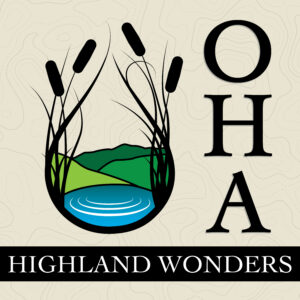
He considers his clues: forest habitat with big trees, snags, and leaning trees, a creature that eats rodents and lives in the Okanogan Highlands. He remembers that feeling of being watched. Jack’s hypothesis is that this nature mystery is likely an owl, but it could be a coyote, weasel, or snake, and he is not quite willing to dismiss the possibility that it could be a baby velociraptor or a saber tooth tiger. Do you think Jack’s owl hypothesis is correct? What other evidence would you need to verify Jack’s forest find? To learn more, check out the new podcast, Highland Wonders, produced by Okanogan Highlands Alliance. The first episode, Great Gray Owls: The Phantom of the North, features Matt Marsh, wildlife biologist with the US Forest Service in Tonasket. You can find the podcast at any of the following apps: Apple Podcasts, Spotify, Breaker, RadioPublic, Pocket Cast, Google Podcasts.
Stay tuned! Jack will continue to solve nature mysteries on topics related to upcoming episodes of the Highland Wonders Podcast. Episodes will be released throughout the winter, and accompanying mysteries will be posted on OHA’s website.
